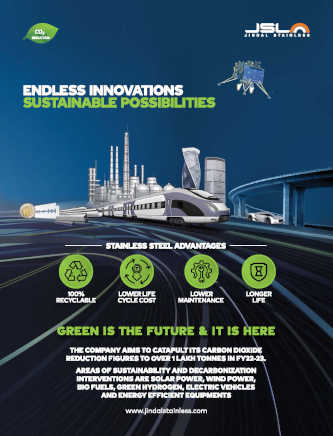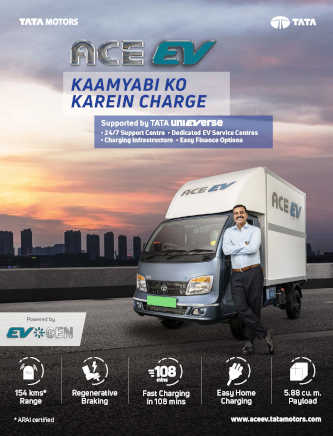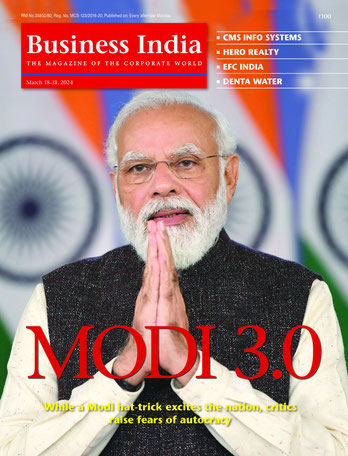
A cleaner renewable generation is being increasingly employed all over the world for a better environment. Renewable generation is intermittent and unreliable in nature due to which adding them to the conventional grid increases demand generation mismatch. Energy storage is used for incorporating the increasing renewable generation in the conventional grid. The demand for energy storage is increasing, as more and more renewable generations are installed. Energy storage can be of various types like batteries, pumped hydro storage, flywheels, etc. Battery energy storage, being convenient and easy-to-install at most locations and also having better efficiency, energy density and life, is found to be suitable for many applications. Along with integrating the renewable generation, batteries can play a significant role in solving many problems in the conventional grid. The price of batteries is falling with the increase in manufacturing and developments in battery technology. The fall in price has made bulk energy storage or grid-scale energy storage feasible. As the demand for electricity is increasing, the peak demand is also rising. In order to maintain the stability of the system, the generators need to match the variations in demand. The peak demand is often met with natural gas or other fuel plants. However, adding them is not eco-friendly. Batteries can be used for supplying the peak demand by storing energy when there is less demand. Batteries, being an eco-friendly alternative for peak generation, also increase the efficiency of the overall power system. Reducing peak demand also reduces variations of demand on generators. Generators can be operated at maximum efficiency by controlling the demand on them. Batteries can maintain the demand for efficient operation of generators by absorbing excess generation during periods of less loading and supply this stored generation when there is greater load. Along with increasing efficiency of generators batteries can also increase the efficiency of transmission lines and reduce congestion in the transmission network. When batteries are placed at strategic locations in the grid they reduce peak load on the transmission network by reducing peak demand. This reduces transmission losses and also delays the need of infrastructure changes which arises due to the increase in demand. Batteries are also being considered for improving the stability of the existing system. Disturbances in a system like faults, switching of loads, leads to sudden mismatch in supply and demand leading to variations in frequency and voltage of the system. The frequency and voltage need to be regulated for stable operation of a system. Batteries can help in improving stability by supplying a sudden increase in demand or absorbing excess generation in case of a sudden loss of load. In case of the failure of a generator, supply usually is instantaneously resorted to with spinning reserves. However, the spinning reserve keeps consuming power to keep its rotor spinning for providing instantaneous supply. These spinning reserves can be replaced by batteries. Energy arbitrage is another application where batteries are being considered. Wherein batteries are charged when electricity is cheaper and sold at a higher rate. The significance of energy arbitrage can be felt more prominently with the advent of electric vehicles. Electric vehicles (EV) are being adopted worldwide for reducing pollution. EVs need energy storage with a high energy density and a fast charge and discharge rate. Batteries in EVs increase the cost of vehicles. Energy arbitrage with vehicle to grid facility can reduce the ownership cost of vehicles since private vehicles are parked most of the time. Like EVs, batteries are found to be a key component of the micro-grid for their reliable operation with maximum use of renewable generation. Batteries of the same type cannot be used for all applications. Batteries for renewable integration need to have charging rates capable of charging completely within the availability of generation. Similarly, batteries for providing stability services need to charge and discharge at a fast rate, whereas batteries for energy arbitrage or supplying reserve capacity need to have high efficiency, minimum self-discharge and long life for being profitable. Although the cost of batteries has fallen, there is a need for further reducing the price. Portable applications like electric vehicles need high energy density and high discharge rates. Thus, depending on the application, different performance characteristics are expected from batteries. Characteristics of batteries vary with the technology used in them. For example, lithium-ion batteries with nickel manganese cobalt oxide (NCM) chemistry provide higher energy density and discharge rates, whereas lithium titanate (LTO) batteries give high discharge rates and long life. The government wants to subsidise 50 GWh of battery manufacturing in India. Renewable generation and electric mobility targets cannot be achieved by relying on a single battery technology. There is a need for developing several types of batteries so that depending on application requirements, suitable batteries are available for Indian tropical climatic conditions. Batteries are critical for the ‘grid-based services’ for a stable uninterrupted clean and green power!
Grid-scale batteries:
Improving the reliability of the grid:
Need for different batteries:
























